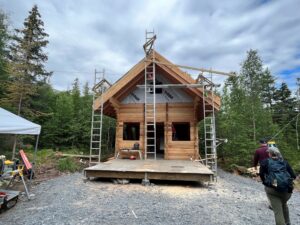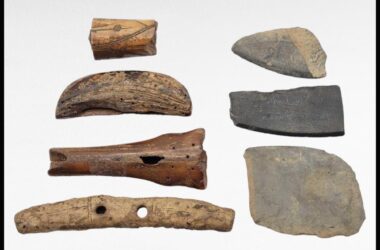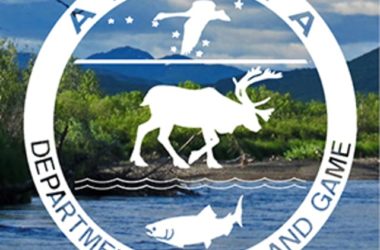There will soon be more cabins to choose from for those who live and work in Alaska, and for those who are visiting or planning to visit one day.

That is the goal of the Alaska Cabin Project, a partnership between the USDA Forest Service and the National Forest Foundation, which includes the repair, reconstruction, and new construction of public-use recreation cabins.
The locations for the first seven of 25 cabins include three sites on the Chugach National Forest and four on the Tongass National Forest.
CHUGACH
The first-round of cabins to be built on the Chugach are in the Seward Ranger District. The selected locations include Porcupine Campground in Hope, Meridian Lake in Seward, and Trail River in Moose Pass, where the cabin is already under construction.
TONGASS
The first series of cabins planned on the Tongass are in Juneau, Ketchikan, and Prince of Wales Island. The chosen sites are Mendenhall Campground in Alaska’s capital city, Signal Creek Campground at Ward Lake, and the El Capitan Interpretive Site north of Naukati. In addition, Anan Bay Cabin near Wrangell, which suffered considerable damage during a recent windstorm, is being reconstructed.
“This first set of cabins is only the beginning,” said Regional Forester Dave Schmid. “With $14 million from the Bipartisan Infrastructure Law, and $3.7 million in matching funds from the National Forest Foundation, the plan to build two dozen or so allows us to build at least one cabin in each of our ranger districts.”
The National Forest Foundation, operational partner for the project, reports that efforts to raise additional funds are underway.
“The goal of these new cabins is to provide the public with increased and safe access to Alaska’s National Forests,” said National Forest Foundation Chief Conservation Officer Marcus Selig. “These cabins serve as crucial infrastructure for recreationists of all kinds. Hunters, anglers, campers, Indigenous peoples, families, and tourists alike use the cabins year-round to safely access public lands and provide shelter from the Alaskan weather.”
The remaining 18 locations are going through an assessment and feasibility process before being confirmed. Six to seven new cabins are scheduled for construction annually. In addition, about 10 existing cabins will receive maintenance and repair.
The Alaska Cabins Project increases recreation opportunities and meets public demand by adding to the region’s public use cabin program. The project also strengthens community relationships and regional economies by engaging partners, using local businesses, promoting workforce development, and making use of local resources.
To learn more about the Alaska Cabins Project and to view an interactive map with site status, visit http://www.fs.usda.gov/goto/






